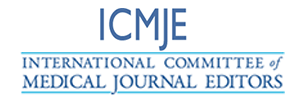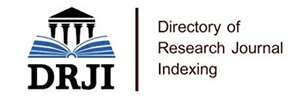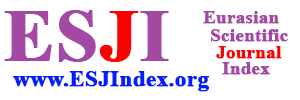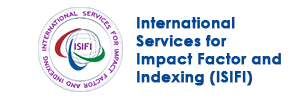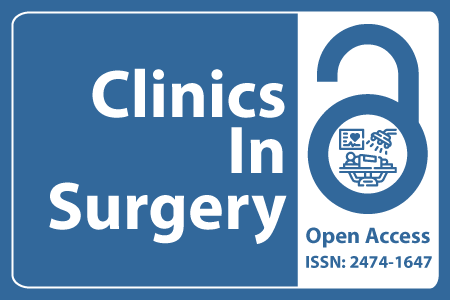
Journal Basic Info
- Impact Factor: 1.995**
- H-Index: 8
- ISSN: 2474-1647
- DOI: 10.25107/2474-1647
Major Scope
- Orthopaedic Surgery
- Bariatric Surgery
- Plastic Surgery
- Surgical Oncology
- Thoracic Surgery
- Gastroenterological Surgery
- Obstetrics Surgery
- General Surgery
Abstract
Citation: Clin Surg. 2022;7(1):3445.Research Article | Open Access
Biological Compatibility of the Lando Artificial Dermal Regeneration Matrix and Normal Human Epidermal Cells
Kang Ge1,2, Jing Ning1, Xiao-qian Mao1,2, Hui-ling Jin2 and Ru-Zhi Zhang1*
1Department of Dermatology, The Third Affiliated Hospital of Soochow University, China
2Department of Dermatology, The First Affiliated Hospital of Bengbu Medical University, China
*Correspondance to: Ru-Zhi Zhang
PDF Full Text DOI: 10.25107/2474-1647.3445
Abstract
Objective: To determine the biocompatibility of the Lando® Artificial Dermal Regeneration Matrix (LADRM) and normal human epidermal cells in vitro. Methods: Human epidermal sheets obtained from foreskin tissues were cultured on the LADRM and were observed daily using an inverted microscope. On the 36th day, the LADRM sheets containing epidermal cells were freeze-sectioned and stained with HE and immunofluorescence. Antibodies against CK15 and gp100 were used to identify Keratinocytes (KCs) and Melanocytes (MCs), respectively. The types, morphologies and distribution of epidermal cells cultured on the LADRM were observed. Results: Epidermal cells grew well on the LADRM and over time, they continued to proliferate. On the 36th day, HE staining showed that epidermal cells grew in multiple layers on the surface and inside of the LADRM and they were inclined to attach and grow along the collagen fibers. Fluorescence staining with antibodies against CK15 and gp100 indicated that a small number of MCs were scattered among a large number of KCs, and MCs were evenly dispersed among KCs, most of which were dividing and showed high levels of proliferation. Conclusion: The LADRM and epidermal cells have good biocompatibility and this biological material is conducive to the stratification, proliferation and differentiation of epidermal cells.
Keywords
Cite the article
Ge K, Ning J, Mao X-Q, Jin H-L, Zhang R-Z. Biological Compatibility of the Lando Artificial Dermal Regeneration Matrix and Normal Human Epidermal Cells. Clin Surg. 2022; 7: 3445.
